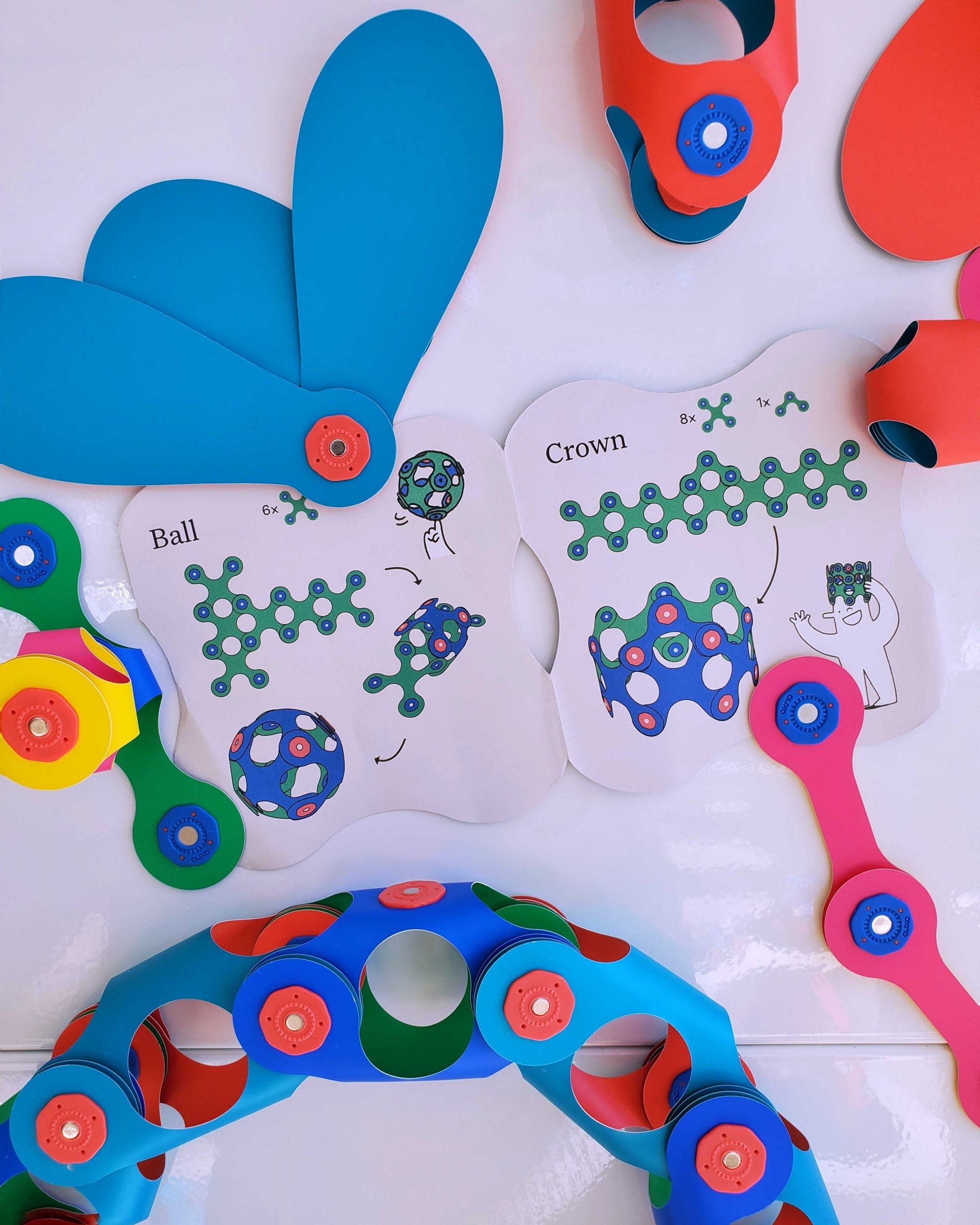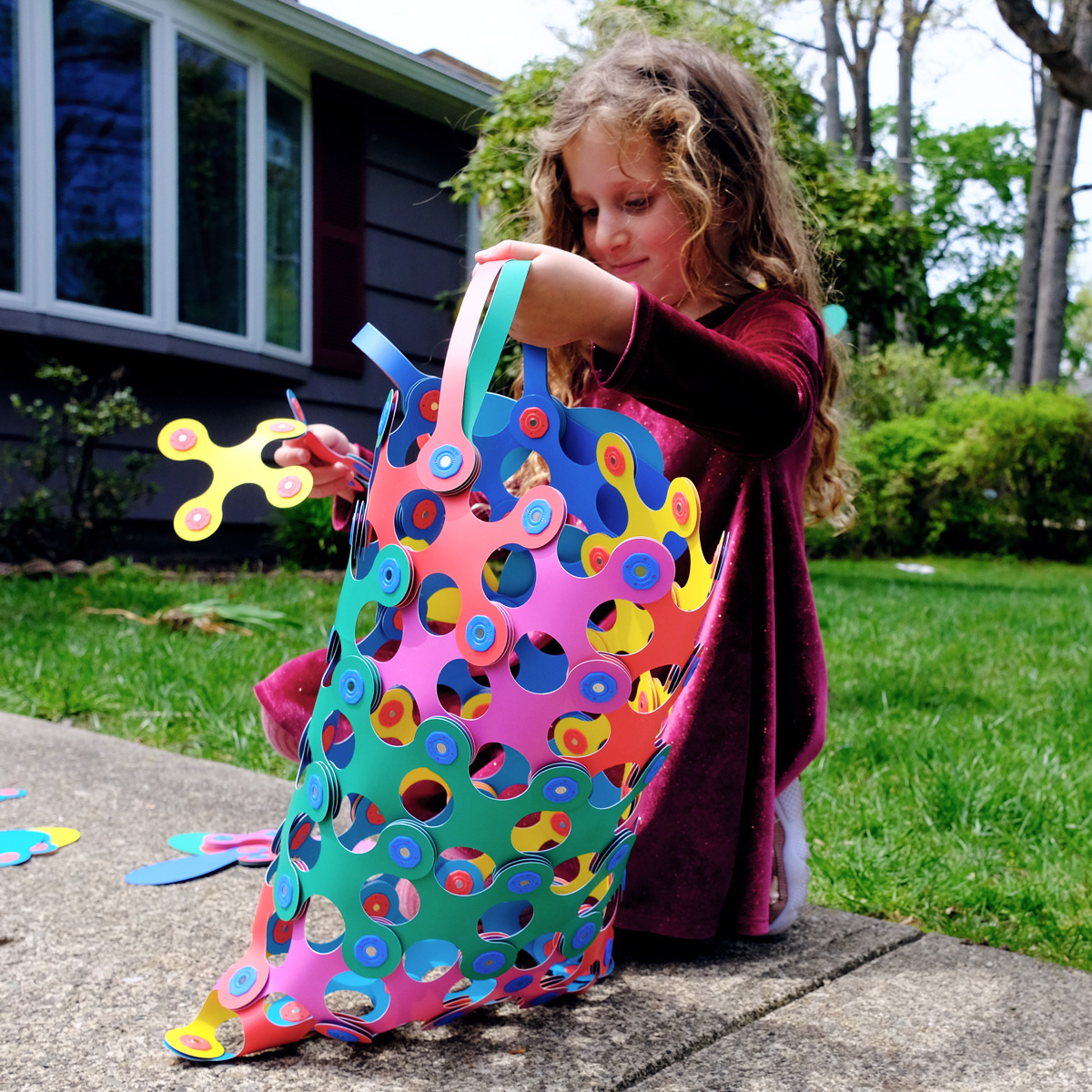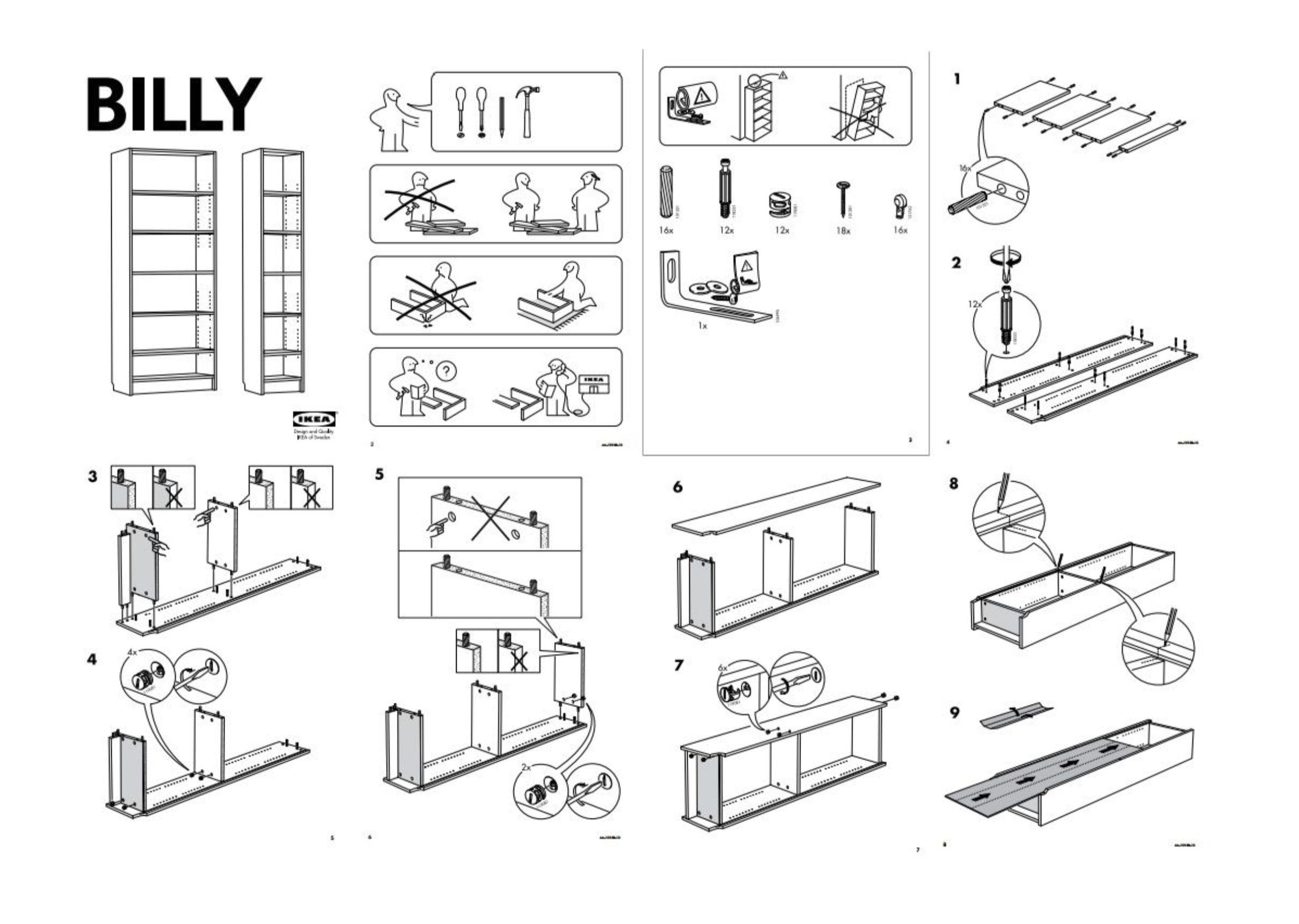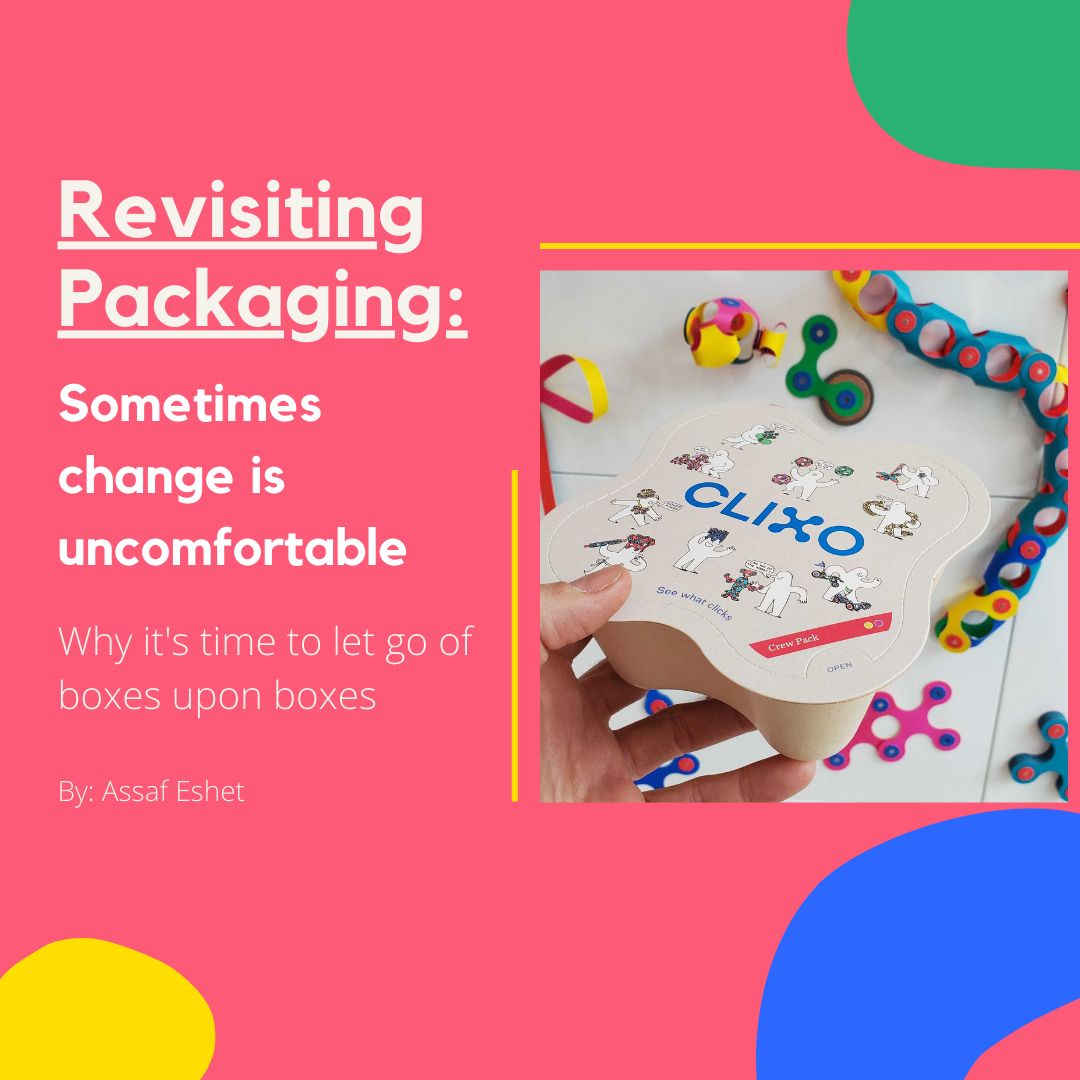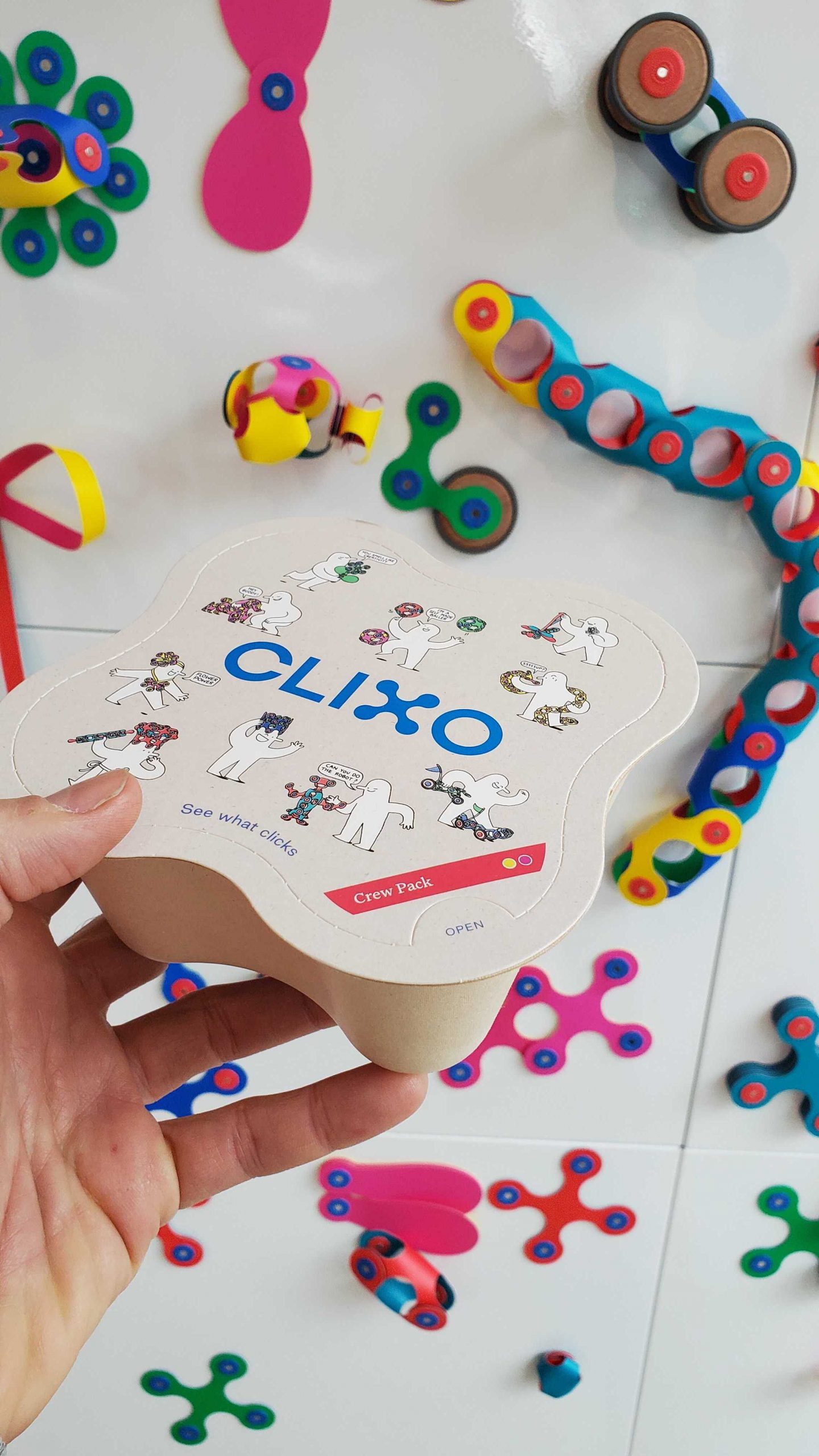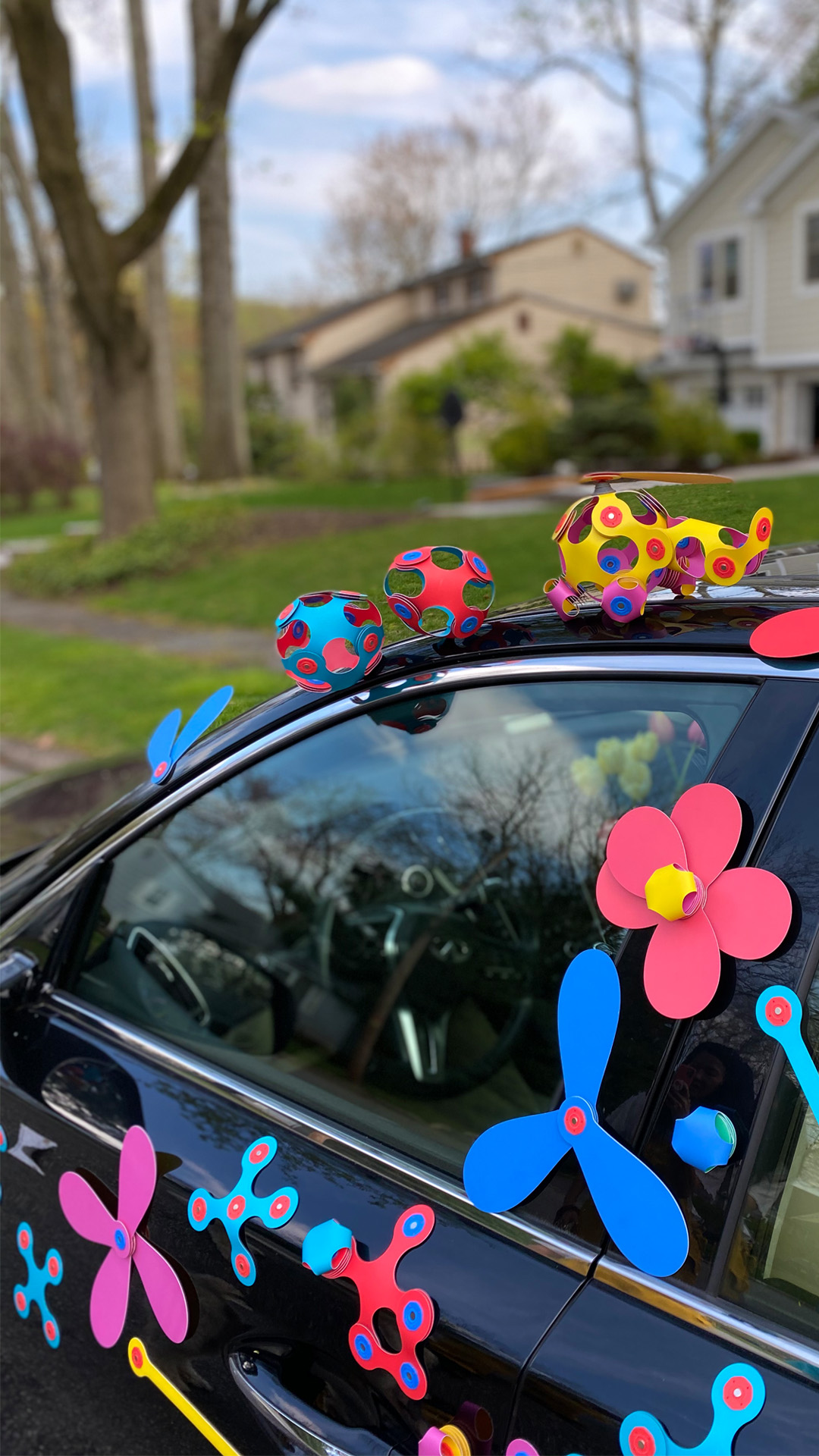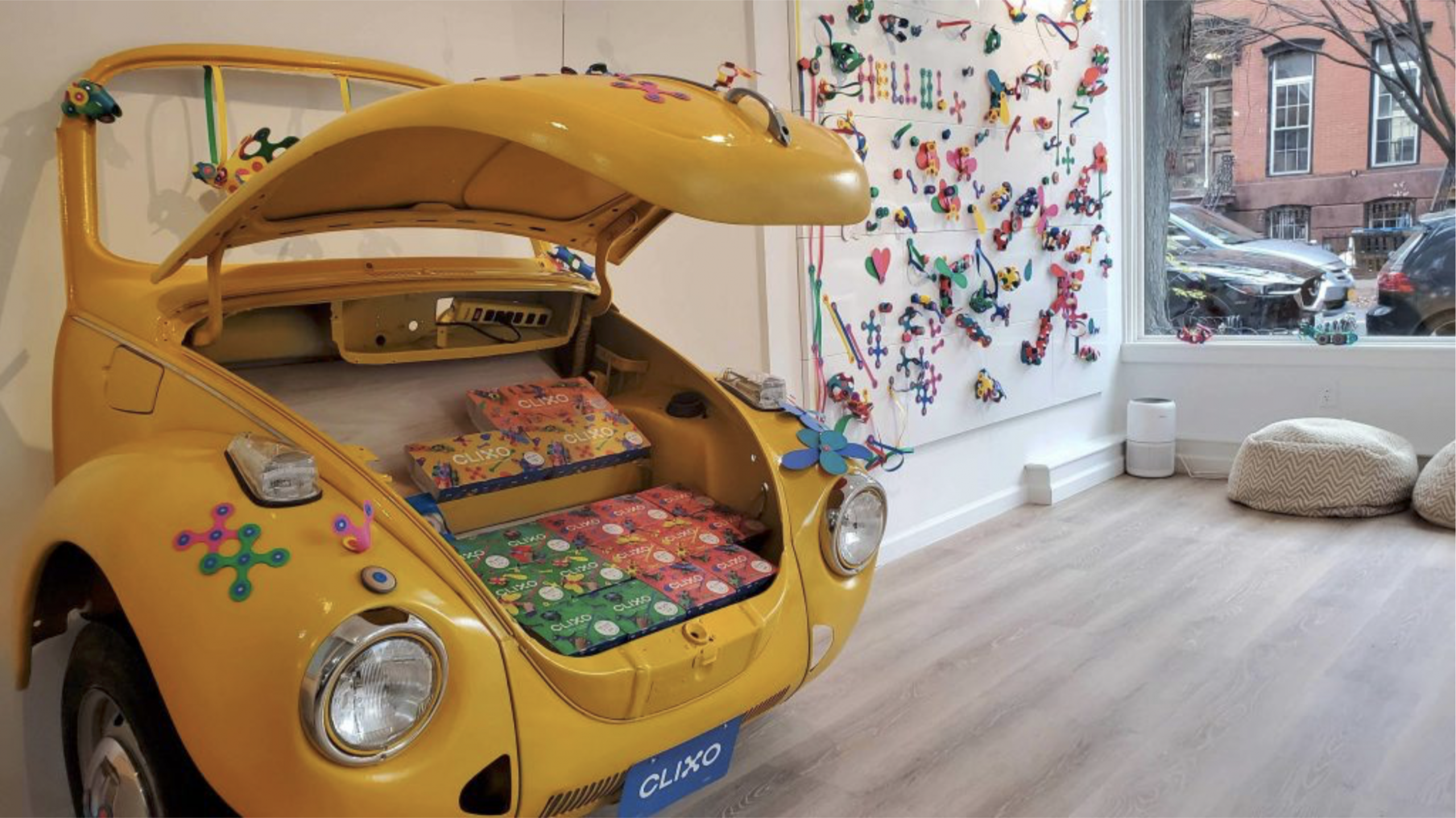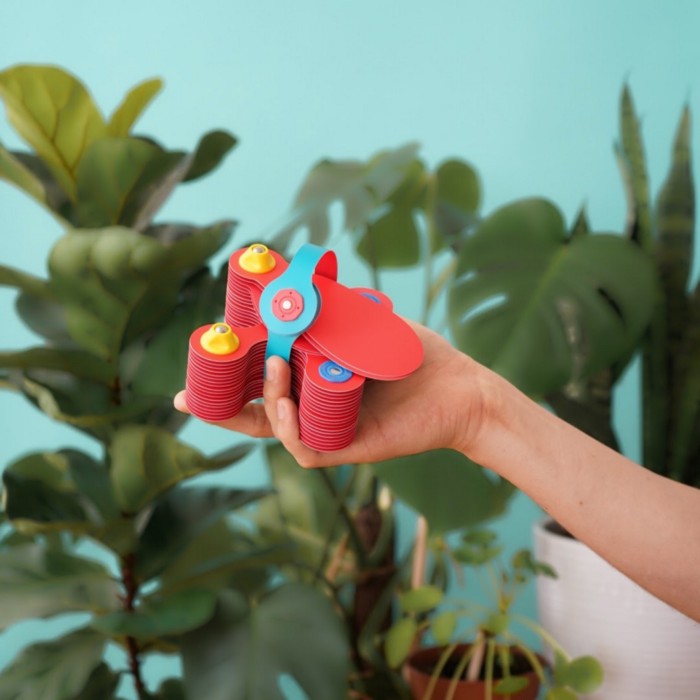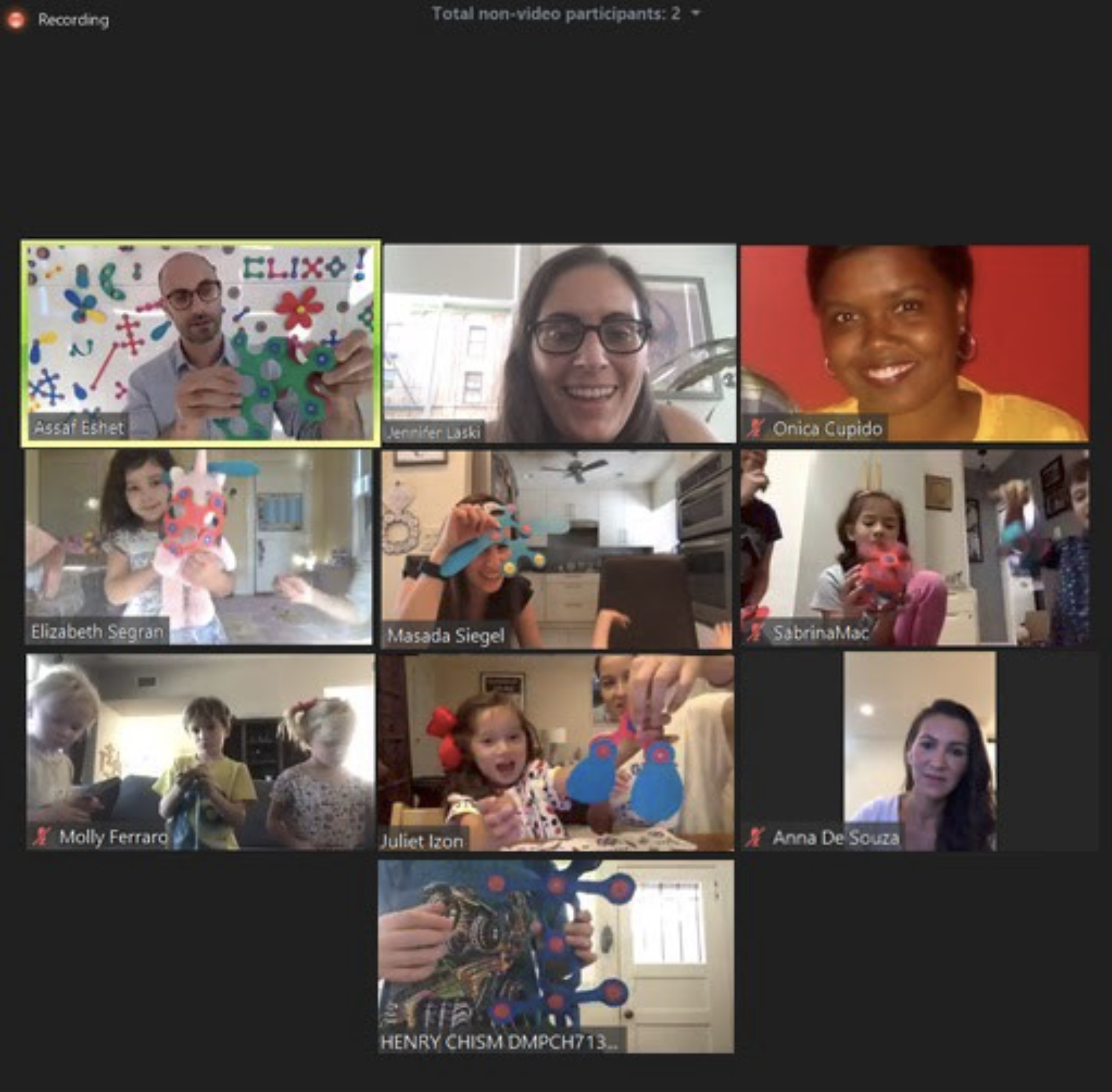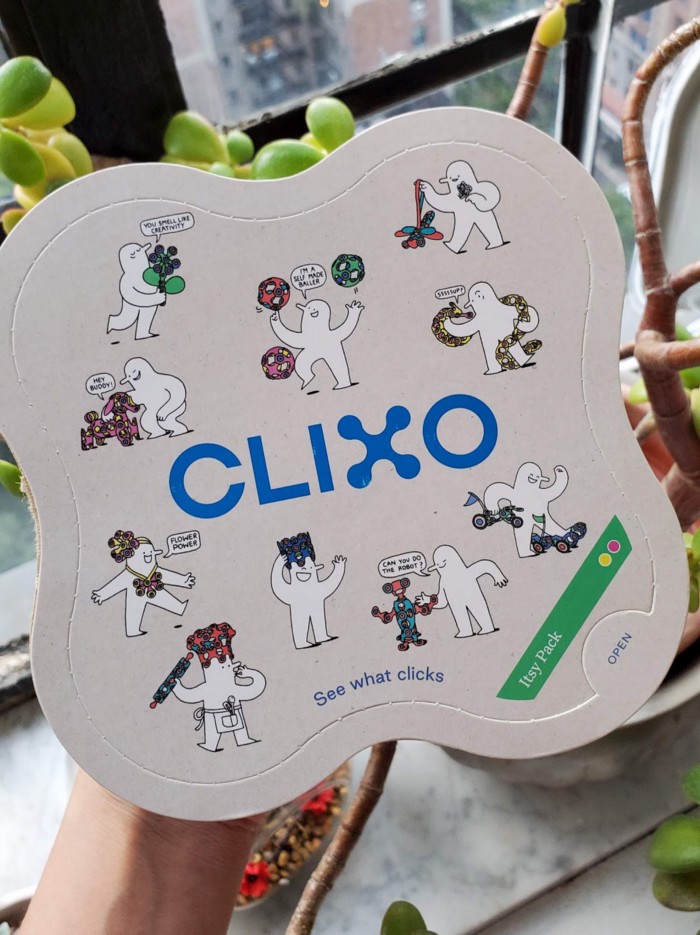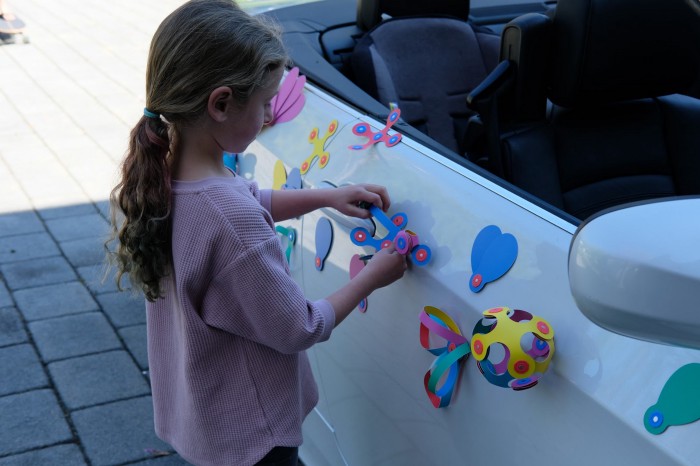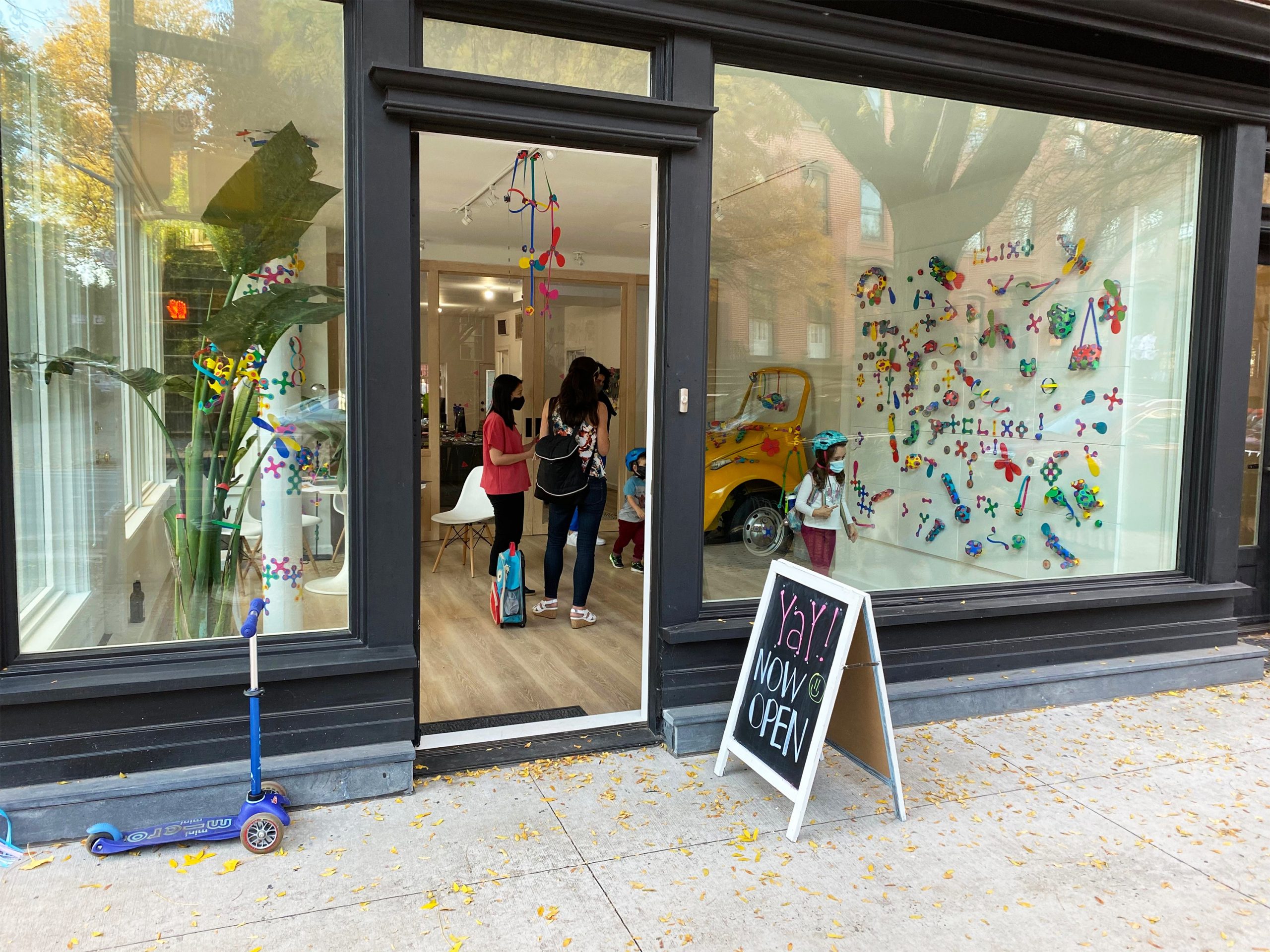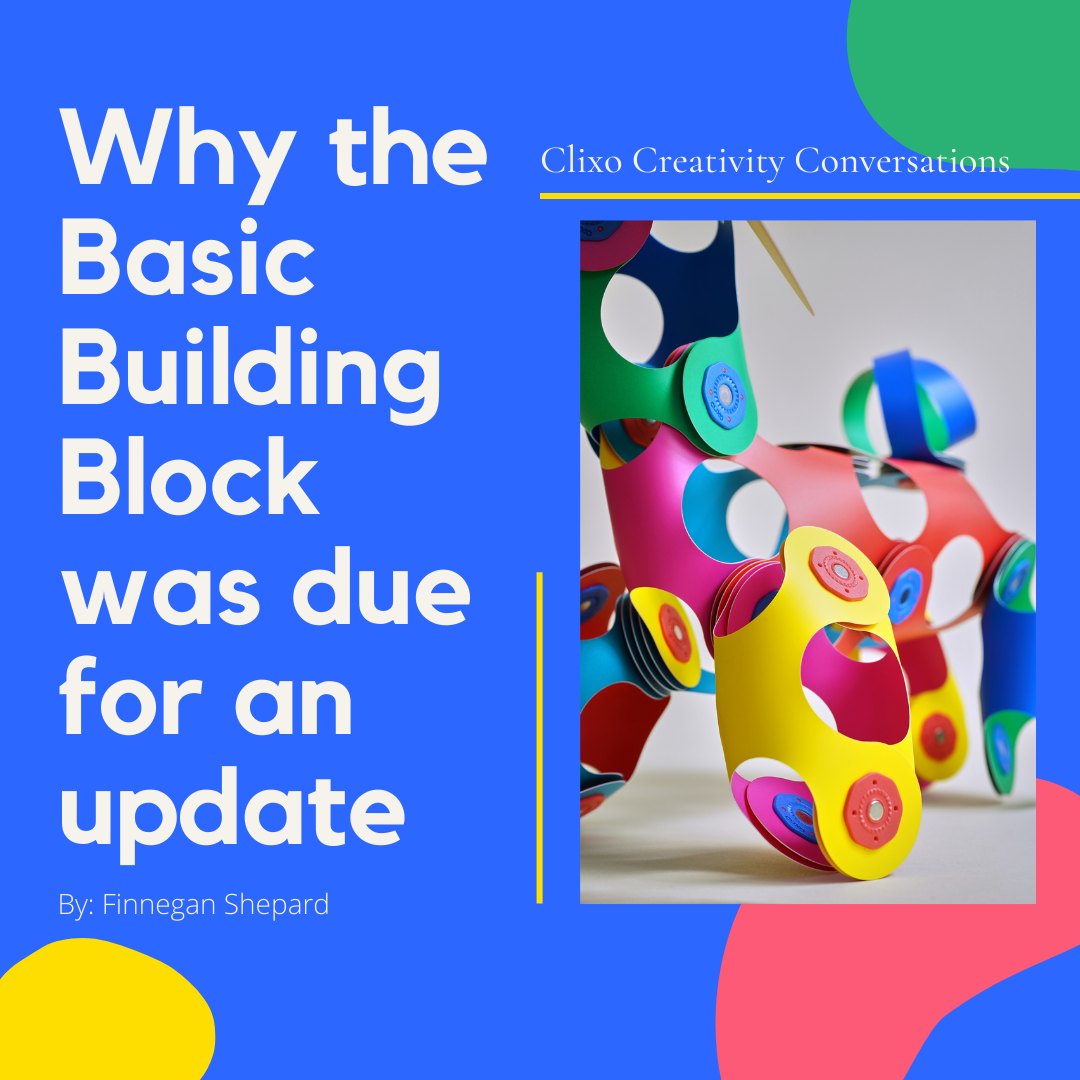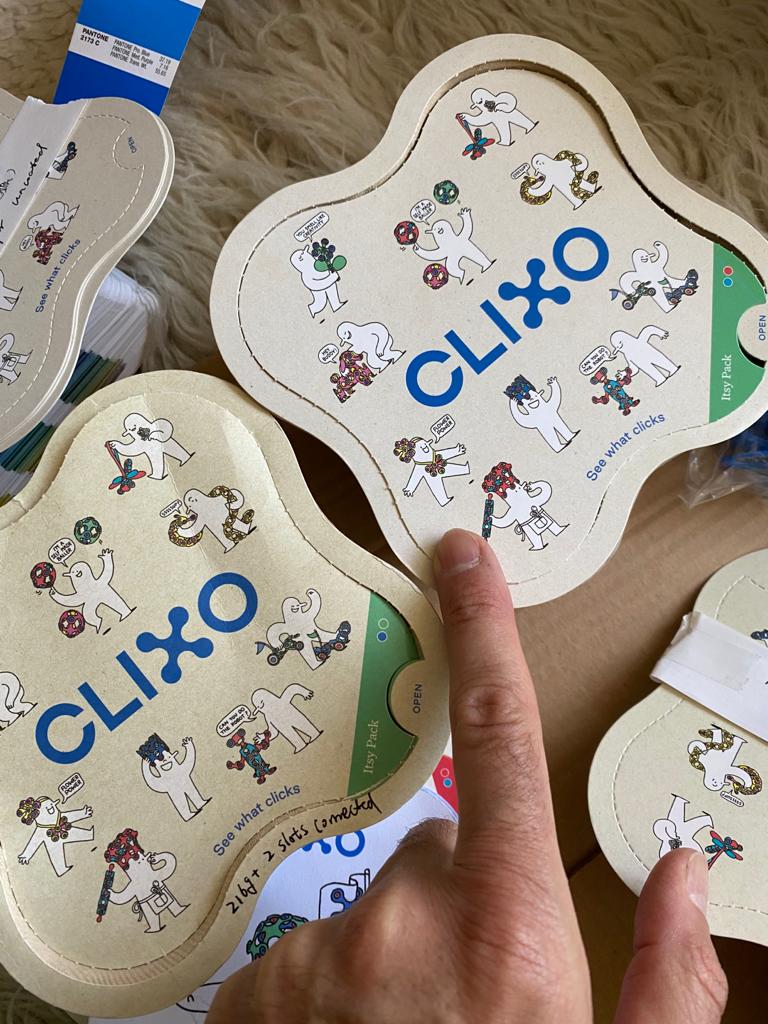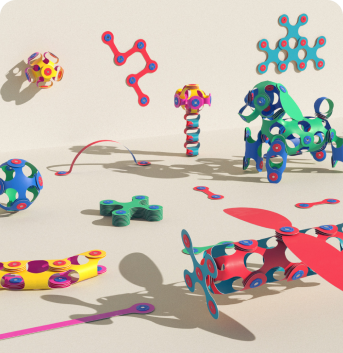Clixo Classroom Pack
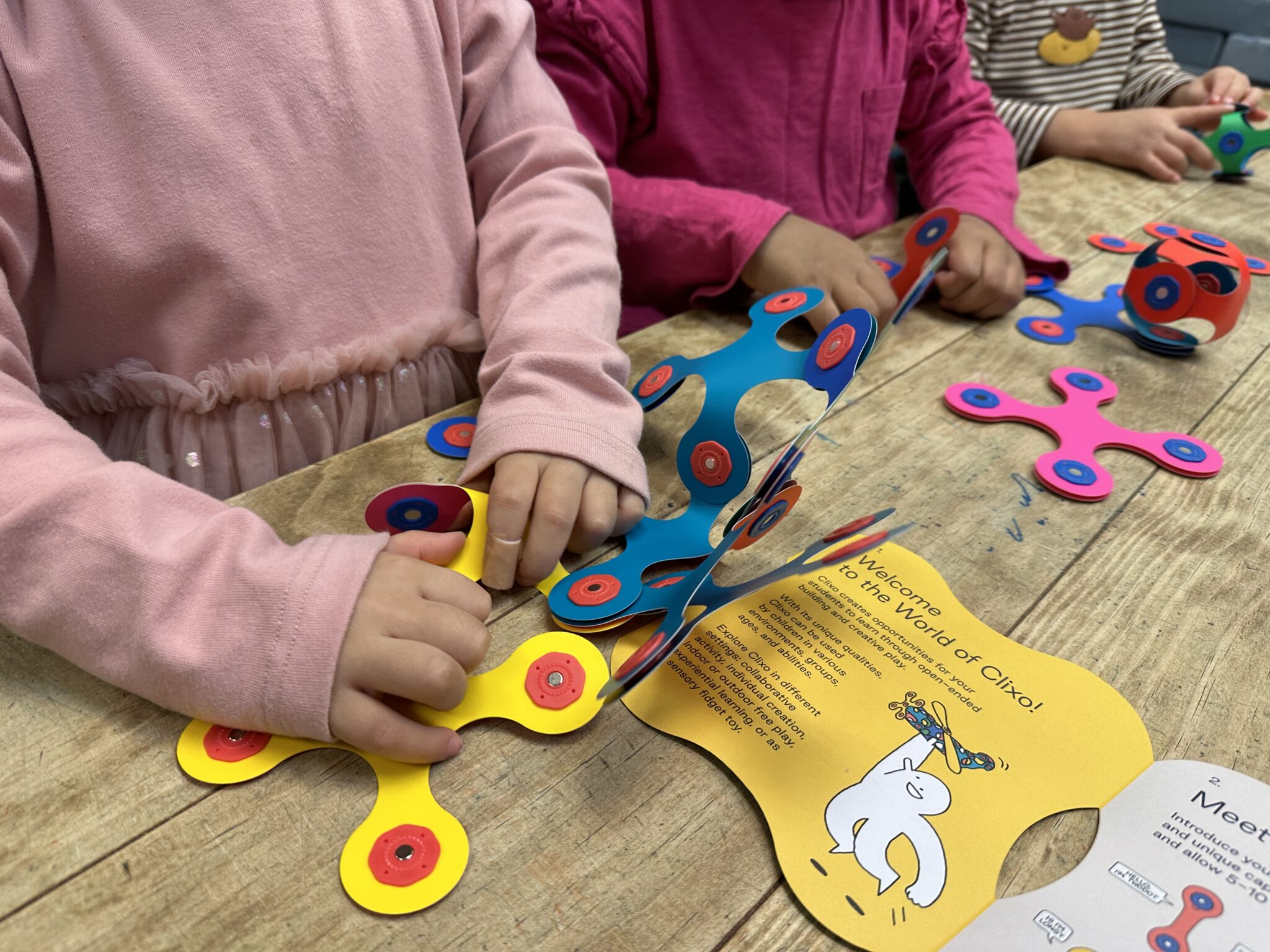
The Classroom Pack: An interview with Sebastian Morales, Clixo’s Director of Design

Last month we launched our first Clixo Classroom Pack
for group activities in educational settings. We are proud to share the evolution of the project from conceptualization to realization in a discussion with Sebastian Morales, Clixo’s Director of Design.
How was the Classroom Pack created?

The early adopters of Clixo were teachers and after-school program leaders who started using it in their activities. Teachers were using our existing Clixo packs, and we wanted to make a bigger pack that would accommodate a full class.
So we started speaking with teachers and working together to create classroom activities. We realized it works very well for Classrooms. It almost naturally invites people to collaborate and work on it together. Clixo is very STEM oriented, so it was a natural progress to include it as an educational tool into the Classroom setting. The idea with creating the Pack was to offer a more established approach, and identify the educational values of Clixo in a classroom setting.
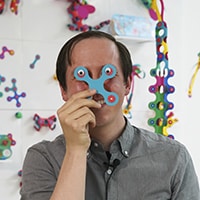
One of our early educator collaborators, Reid Bingham, was the first one who was formally translating Clixo into an educational activity format. He added ideas about defining a part count, presenting activities in a way that followed a process and were suitable for a lesson plan, with clear learning objectives.
“The Clixo Classroom Pack is a robust educational tool that marries creativity with learning. Its emphasis on open-ended play, coupled with its potential to enhance language and cognitive skills, makes it a valuable asset in the pre-K classroom setting.” Andy Yung, Pre-K Teacher
What were the considerations when creating the Classroom Pack?
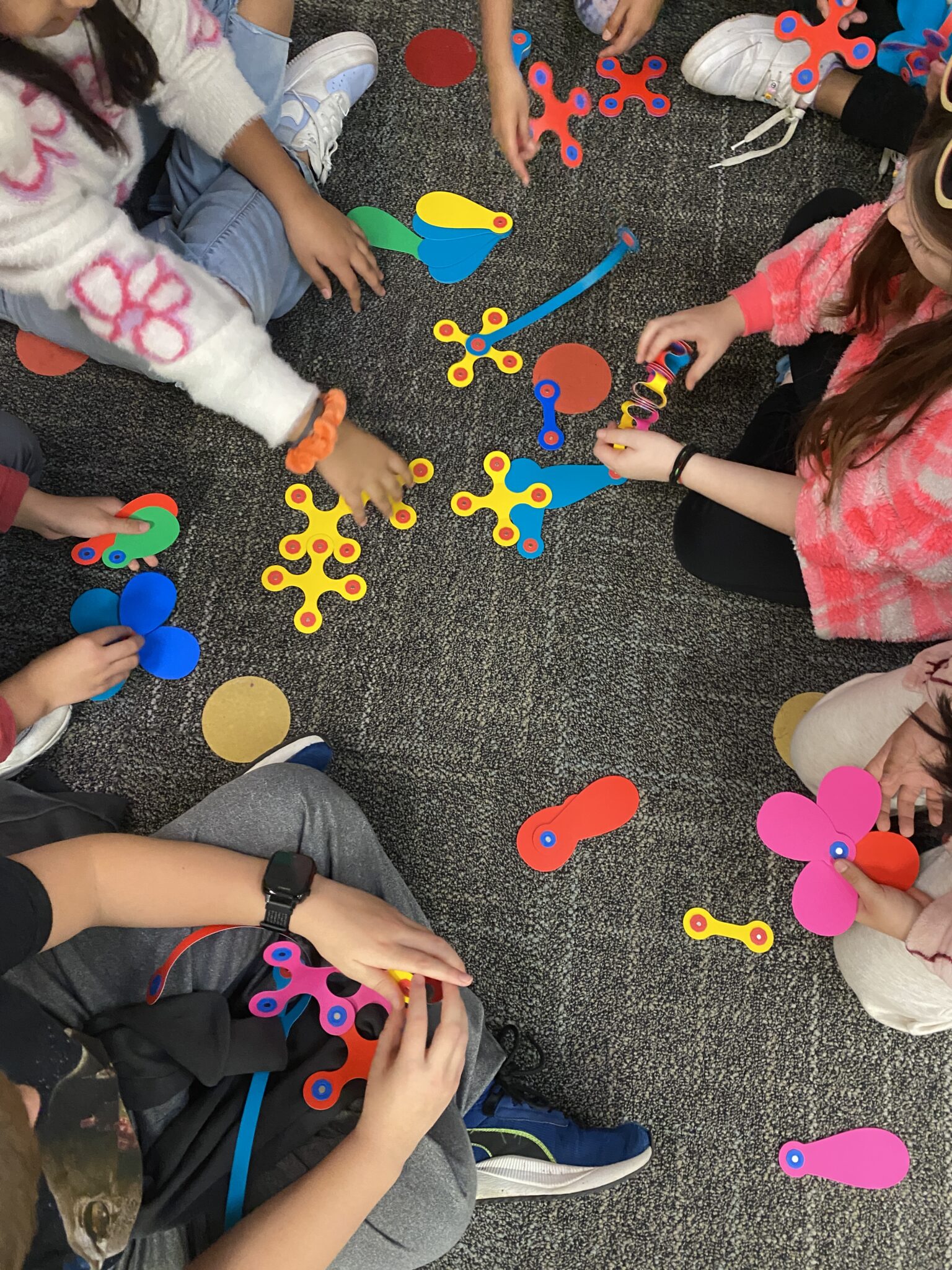
We were trying to consider two main factors:
Large groups and multiple children playing at once
Creating a combination between self-directed play, where a kid can pick Clixo pieces up and immediately start creating, and also lending it for teachers to create a lesson plan around it.
The Box
You think it’s just packaging, but it carries a lot of the Clixo DNA in it. Feedback from educators about using a box gave us mixed responses. Some teachers said they don’t want a box, that they already have class containers and bins and they want to use a pre-existing system. Others said they wanted a box that they could use to keep all of the Clixos together. At first we saw Clixo as living outside the box – pieces being stored on the whiteboard, stuck to chairs, windows, desks. So in order to accommodate both approaches, we wanted to make a box that encapsulated Clixo but also allows teachers to dispose of it. So we designed it to be sturdy enough to last, but made of recycled materials – so teachers don’t need to use it. It’s meant to be picked up, transported, and played with.
The Educator’s Guide

We worked with Reid, who created the initial Educator’s Guide and did most of the groundwork. Then, we adjusted the language and text based on feedback and questions from new users who wanted to introduce Clixo in the Classroom. At first, it was meant for teachers to be very instructive. Then we changed it to be more interpretive, giving teachers ideas for using Clixo by explaining the basic Clixo concepts and their versatility in various activities. We also made it more accessible for kids with visuals and fun language. Moving forward, we will add much of the teacher-facing information as downloadable resources to the Classroom portal.
The Activity Cards
When considering the different uses of Clixo in a classroom setting, we wanted kids to be able to grab a pack and use it by themselves without need for too much guidance or instruction. At our Clixo store and play lab in Brooklyn many kids come to play and ask us for building prompts to get their creativity flowing. So having prompt cards seemed like a great way to do that. We wanted the cards to not be divided by skill levels. Sometimes those can be limiting – when kids want to complete the “hardest” or “highest” level, but then they don’t have anywhere else to develop from there. So we came up with prompts that are more imaginative and open ended. They can meet a kid at any skill level, and each builder can interpret it in their own way, suitable for any stage of their development. The same card would similarly be intriguing and challenging for me and a preschooler.
Hope and Vision for the Future

We are just getting started with the Classroom pack. Clixo adds another dimension to magnetic toys, incorporating flexibility and less defined features which can be built in abstract ways and bend in every direction. I hope it would allow teachers to discover how to take advantage of the new possibilities of these features to instill new concepts and ways of thinking for their students. Once they do, I think it would be really impactful. In some ways it can really go into a completely out of the box abstract direction. It’s a matter of finding how that ties back to lessons and educational values. They can build very tall, small, low, high structures, work by themselves, or in groups. Clixo’s versatility helps incorporate it into many different topics and builds, beyond the more traditional STEM classes.
Coming next
We are preparing to launch the Classroom online portal that will help connect teachers together and share lesson plans and activities. We want to see how teachers use Clixo, what feedback we get, and develop from there. We have our ideas, but at the end of the day – we want to learn from how schools who use Clixo over time and make it their own.
Some of the ideas we have are for more packs, extension pieces, and creating more dynamic Clixo sets with motion and mechanics, but without becoming too technical. Trying to successfully teach technical concepts can be complicated, so in the Clixo mindset we are trying to keep the use of it fluid and dynamic – observing the creation and seeing how it turns into something else, and allowing students to discover that for themselves for the first time.
Let us know what you think! We want to hear from educators and get a sense of what works for you and what new discoveries your students are making in the classroom. Email us at [email protected] or write a review on the Classroom Pack Page.
To keep getting the news about Classroom related products and materials, please join our education newsletter.
To apply for the next Educator Ambassador Program, follow this link.
“I love how Clixo invites me to rethink the spaces in my classroom. The ends of a metal utility cart and the front/side of my desk are now Clixo play spaces. My dry-erase board becomes yet another play surface. I love this because my students are not used to being invited to the board to explore and play. They see Clixo as that invitation. I can’t wait to build off of that comfort and get students up there for lessons.” Mary Phillips, K-4 STEAM Teacher

Last month we launched our first Clixo Classroom Pack
for group activities in educational settings. We are proud to share the evolution of the project from conceptualization to realization in a discussion with Sebastian Morales, Clixo’s Director of Design.
How was the Classroom Pack created?

The early adopters of Clixo were teachers and after-school program leaders who started using it in their activities. Teachers were using our existing Clixo packs, and we wanted to make a bigger pack that would accommodate a full class.
So we started speaking with teachers and working together to create classroom activities. We realized it works very well for Classrooms. It almost naturally invites people to collaborate and work on it together. Clixo is very STEM oriented, so it was a natural progress to include it as an educational tool into the Classroom setting. The idea with creating the Pack was to offer a more established approach, and identify the educational values of Clixo in a classroom setting.

One of our early educator collaborators, Reid Bingham, was the first one who was formally translating Clixo into an educational activity format. He added ideas about defining a part count, presenting activities in a way that followed a process and were suitable for a lesson plan, with clear learning objectives.
“The Clixo Classroom Pack is a robust educational tool that marries creativity with learning. Its emphasis on open-ended play, coupled with its potential to enhance language and cognitive skills, makes it a valuable asset in the pre-K classroom setting.” Andy Yung, Pre-K Teacher
What were the considerations when creating the Classroom Pack?

We were trying to consider two main factors:
Large groups and multiple children playing at once, creating a combination between self-directed play, where a kid can pick Clixo pieces up and immediately start creating, and also lending it for teachers to create a lesson plan around it.
The Box
You think it’s just the packaging, but it carries a lot of the Clixo DNA in it. Feedback from educators about using a box gave us mixed responses. Some teachers said they don’t want a box, that they already have class containers and bins and they want to use a pre-existing system. Others said they wanted a box that they could use to keep all of the Clixos together. At first we saw Clixo as living outside the box – pieces being stored on the whiteboard, stuck to chairs, windows, desks. So in order to accommodate both approaches, we wanted to make a box that encapsulated Clixo but also allows teachers to dispose of it. So we designed it to be sturdy enough to last, but made of recycled materials – so teachers don’t need to use it. It’s meant to be picked up, transported, and played with.
The Educator’s Guide

We worked with Reid, who created the initial Educator’s Guide and did most of the groundwork. Then, we adjusted the language and text based on feedback and questions from new users who wanted to introduce Clixo in the Classroom. At first, it was meant for teachers to be very instructive. Then we changed it to be more interpretive, giving teachers ideas for using Clixo by explaining the basic Clixo concepts and their versatility in various activities. We also made it more accessible for kids with visuals and fun language. Moving forward, we will add much of the teacher-facing information as downloadable resources to the Classroom portal.
The Activity Cards
When considering the different uses of Clixo in a classroom setting, we wanted kids to be able to grab a pack and use it by themselves without need for too much guidance or instruction. At our Clixo store and play lab in Brooklyn many kids come to play and ask us for building prompts to get their creativity flowing. So having prompt cards seemed like a great way to do that. We wanted the cards to not be divided by skill levels. Sometimes those can be limiting – when kids want to complete the “hardest” or “highest” level, but then they don’t have anywhere else to develop from there. So we came up with prompts that are more imaginative and open ended. They can meet a kid at any skill level, and each builder can interpret it in their own way, suitable for any stage of their development. The same card would similarly be intriguing and challenging for me and a preschooler.
Hope and Vision for the Future

We are just getting started with the Classroom pack. Clixo adds another dimension to magnetic toys, incorporating flexibility and less defined features which can be built in abstract ways and bend in every direction. I hope it would allow teachers to discover how to take advantage of the new possibilities of these features to instill new concepts and ways of thinking for their students. Once they do, I think it would be really impactful. In some ways it can really go into a completely out of the box abstract direction. It’s a matter of finding how that ties back to lessons and educational values. They can build very tall, small, low, high structures, work by themselves, or in groups. Clixo’s versatility helps incorporate it into many different topics and builds, beyond the more traditional STEM classes.
Coming next
We are preparing to launch the Classroom online portal that will help connect teachers together and share lesson plans and activities. We want to see how teachers use Clixo, what feedback we get, and develop from there. We have our ideas, but at the end of the day – we want to learn from how schools who use Clixo over time and make it their own.
Some of the ideas we have are for more packs, extension pieces, and creating more dynamic Clixo sets with motion and mechanics, but without becoming too technical. Trying to successfully teach technical concepts can be complicated, so in the Clixo mindset we are trying to keep the use of it fluid and dynamic – observing the creation and seeing how it turns into something else, and allowing students to discover that for themselves for the first time.
Let us know what you think! We want to hear from educators and get a sense of what works for you and what new discoveries your students are making in the classroom. Email us at [email protected] or write a review on the Classroom Pack Page.
To keep getting the news about Classroom related products and materials, please join our education newsletter.
To apply for the next Educator Ambassador Program, follow this link.
“I love how Clixo invites me to rethink the spaces in my classroom. The ends of a metal utility cart and the front/side of my desk are now Clixo play spaces. My dry-erase board becomes yet another play surface. I love this because my students are not used to being invited to the board to explore and play. They see Clixo as that invitation. I can’t wait to build off of that comfort and get students up there for lessons.” Mary Phillips, K-4 STEAM Teacher
Join our Classroom newsletter
Get 15% off your first order, exclusive offers and education related news
Join our Classroom newsletter
Get 15% off your first order, exclusive offers and education related news
